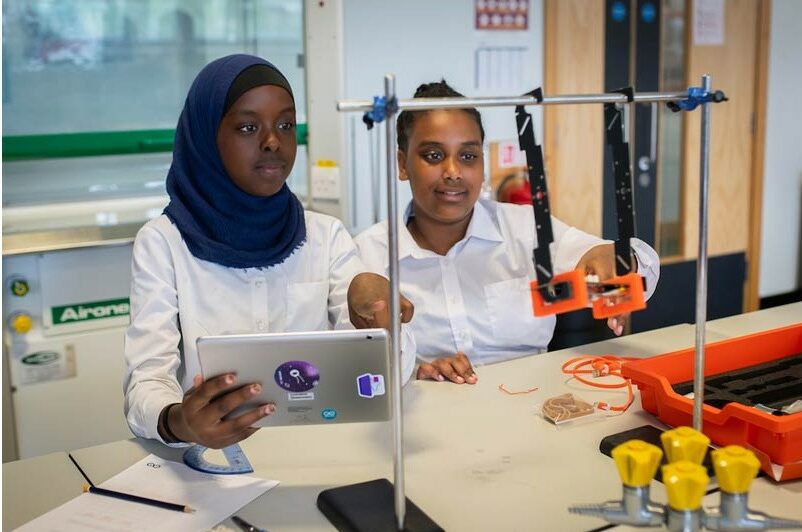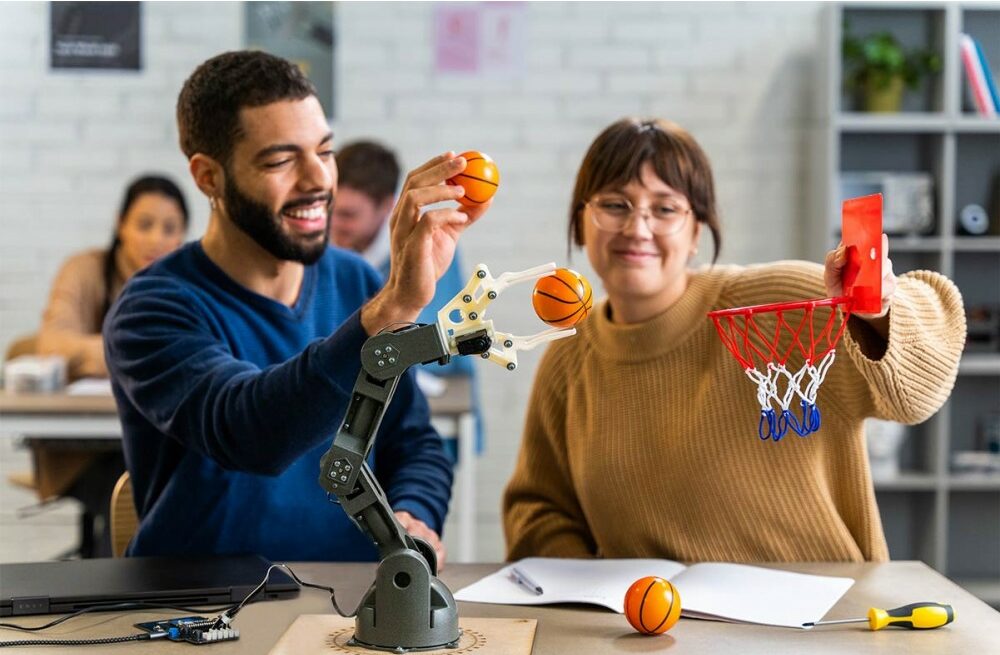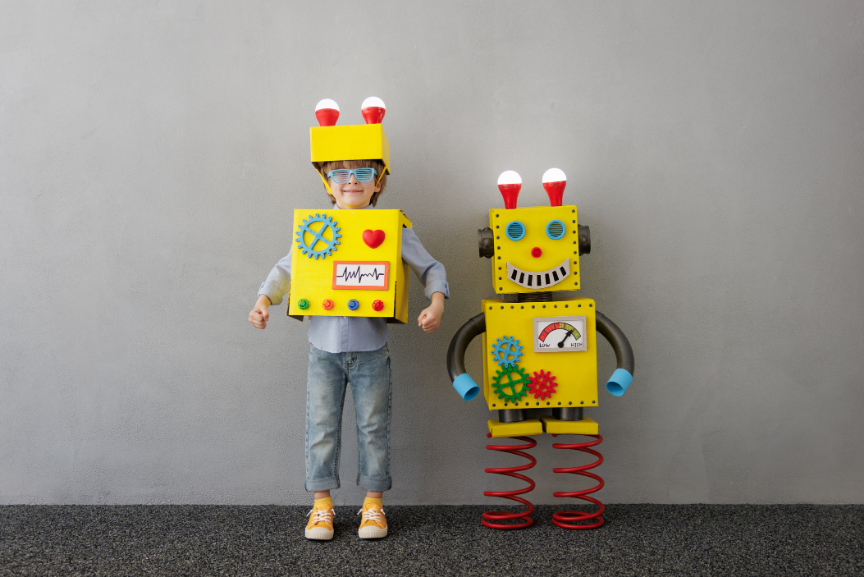In recent years, there has been increasing recognition of the importance of diversity and inclusion in STEM fields. As the world becomes increasingly reliant on technology, it is essential to foster a diverse and inclusive environment in robotics and encourage children of all backgrounds to explore and excel in this field. Educational robotics plays an important role in promoting diversity and inclusion in STEM for children. Let's delve into the ways robotics can help achieve this:
Break stereotypes:Robotics offers a platform to challenge traditional cultural and gender stereotypes. By introducing robotics to children at an early age, regardless of their gender or background, we can put an end to the idea that certain fields are exclusive to specific groups. Encouraging girls and underrepresented minorities to participate in robotics competitions and educational programs helps promote diversity and dispel stereotypes.

Equal access to education:Educational robotics can help reduce the gap in access to quality STEM education. By offering robotics programs and resources in schools, community centers, and online platforms, we can ensure that children of all backgrounds have equal opportunities to participate in robotics. This helps level the playing field and promotes inclusion in STEM learning.
Cultivate empathy and understanding:Robotics can foster empathy and understanding between children from different backgrounds. Collaborative robotics projects and competitions encourage teamwork and communication, allowing children to work alongside peers with diverse perspectives and experiences. Through these interactions, children learn to appreciate and respect differences, creating a more inclusive and tolerant environment.
Role models and mentors:Introducing diverse role models and mentors to the field of robotics can inspire children from underrepresented groups. Highlighting successful people who have overcome barriers and succeeded in robotics can motivate children to pursue their interests in STEM. Mentoring programs that connect children with professionals from diverse backgrounds can provide guidance, support, and valuable insights.

Celebrating Diversity in Robotics:Organizing events, workshops and conferences that celebrate diversity in robotics can create a feeling of belonging and inclusion. These events can showcase projects, achievements and stories of individuals from diverse backgrounds, inspiring children and fostering a sense of community. By actively promoting and highlighting diversity in robotics, we can create an environment where all children feel welcome and valued.
Prejudices and ethical considerations:Robotics also offers the opportunity to address biases and ethical considerations. By engaging children in discussions about these topics, we can encourage critical thinking and raise awareness about the potential impacts of robotics on society. Teaching children to design and develop robots that are fair, inclusive and unbiased encourages responsible and ethical use of technology.
Encourage collaboration with community organizations:Collaborating with community organizations and schools in disadvantaged areas can help reach children who may not have access to robotics programs. By providing resources, support, and engagement opportunities, we can encourage diverse participation in STEM and robotics education.

In conclusion, educational robotics has the power to foster diversity and inclusion in STEM for children. By breaking stereotypes, providing equal access to education, cultivating empathy and understanding, modeling diverse role models, celebrating diversity, addressing bias, and collaborating with community organizations, we can create an inclusive environment in which children of all backgrounds can thrive and contribute to the field of robotics. By fostering diversity in robotics, we pave the way for innovative and inclusive solutions that benefit us all.







